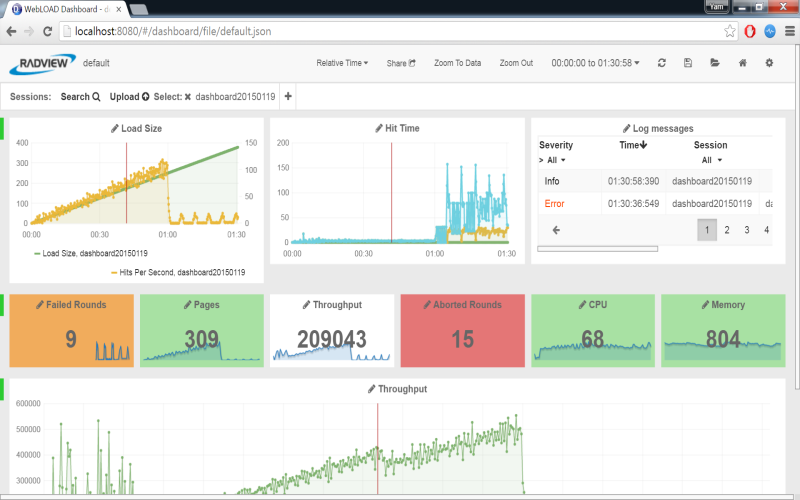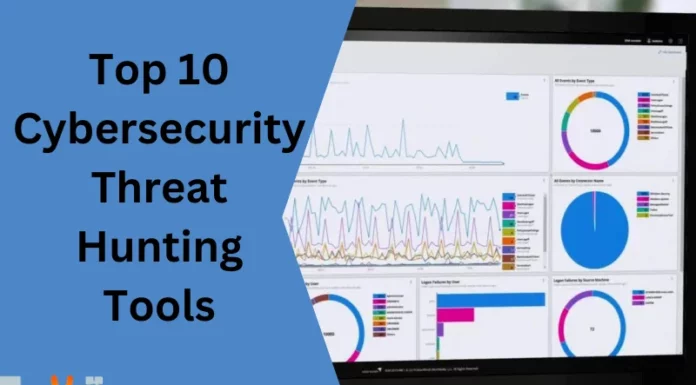Load testing and performance monitoring of software applications are utterly critical to ensuring quality user experiences. Choosing the right tools for load testing and performance monitoring assists teams in identifying bottlenecks, fixing issues, and optimizing performance before production deployment. From open-source tools to enterprise-level solutions, many options exist. The range of strong tool options available today facilitates robust load testing and performance monitoring for modern software applications. I think pinpointing priorities around specific protocols, integrations, analytics, and budgets can help teams narrow down the ideal choices. Proper performance testing and monitoring play a foundational role in delivering high-quality software applications and user experiences. I think the following list highlights some of the top 10 software tools for load testing and performance monitoring.
1. LoadView
LoadView provides cloud-based load-testing solutions designed specifically for today’s web and mobile applications. Some key capabilities include the ability to simulate thousands of concurrent users from the cloud to identify performance issues. Users can configure complex scenarios to mimic real-world traffic combining things like geo-locations, browsers, networks, and devices. Detailed analytics allow users to pinpoint bottlenecks. Integration with popular DevOps platforms makes LoadView a versatile option. LoadView also offers the ability to script custom workflows using common languages like JavaScript, Python, and more. Integrations with CI/CD tools like Jenkins make it easy to kick off LoadView tests automatically during development cycles.
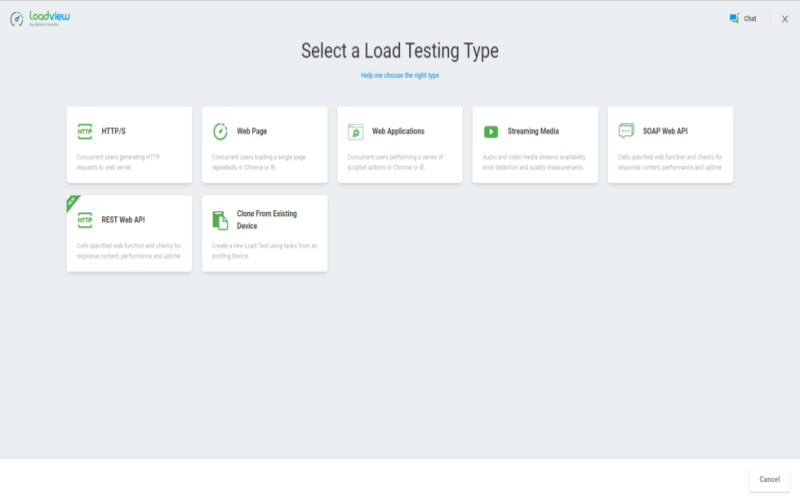
2. Apache JMeter
Apache JMeter is a 100% open-source solution for load testing and performance measurement. The tool enables users to apply load to target servers to test their strength, analyze overall performance, and pinpoint potential bottlenecks under different load types. Apache JMeter supports testing on many protocols including HTTP, HTTPS, JDBC, FTP, JMS, and more. The tool comes with extensive documentation and an active community that facilitates adoption. Apache JMeter brings enterprise-grade capabilities through an open-source model. For example, plug-ins exist for advanced authentication methods, custom protocol support, dynamic data handling, and more. The active Apache JMeter community also facilitates collaboration and knowledge sharing around best practices and use cases.

3. LoadNinja
Created specifically with Agile and DevOps in mind, LoadNinja focuses on simplified and streamlined performance testing. Users praise the tool’s intuitive interface and configuration capabilities. LoadNinja enables users to quickly create tests, run them at scale, and analyze results. Tests can be easily integrated into CI/CD pipelines. Detailed reporting provides recommendations for optimization. LoadNinja offers a generous free plan along with paid options, making it accessible for diverse needs.

4. Kobiton
While many tools focus primarily on web applications, Kobiton specializes in mobile app testing. Kobiton provides a cloud-based platform for testing mobile apps on real devices. The tool enables automated functional and performance testing across a wide range of real iOS and Android devices. Kobiton makes it fast and easy to test device compatibility and performance for apps. Integrations with CI systems allow testing during development sprints. The tool provides device labs, extensive automation capabilities, and detailed reporting.

5. Tricentis NeoLoad
Tricentis NeoLoad provides enterprise-grade load and performance testing with advanced analytics. The tool simulates load across APIs, dynamic websites, mobile apps, and more. Advanced analytics allow users to easily identify bottlenecks and potential issues. NeoLoad integrates with other Tricentis products including Tosca for test automation and Flood for load generation. The tool works for complex enterprise testing needs with global teams and broad test environments.
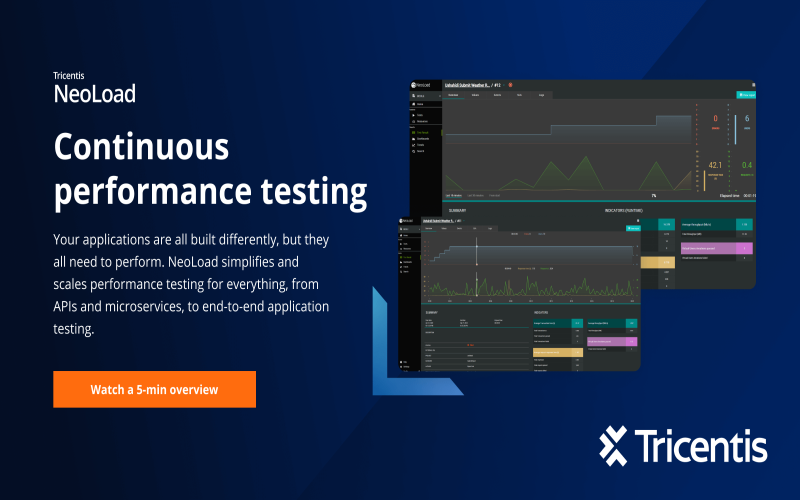
6. HeadSpin
HeadSpin focuses on enabling robust testing of real user experiences across multiple device types, browsers, geographies, and networks. The platform provides cloud-based global device coverage and connectivity designed to mimic real-world infrastructure and usage. Teams can gain actionable insight into the true end-user experience. HeadSpin makes it fast and easy to test performance under diverse global conditions.

7. StresStimulus
StresStimulus specializes in load testing, analysis, and performance optimization specifically tailored to Salesforce implementations. The tool enables users to simulate thousands of concurrent Salesforce users with real-world data and workflows. Detailed analytics empower users to rapidly identify problem areas and bottlenecks that impact performance and user experience. StresStimulus streamlines the traditionally complex process of properly load testing Salesforce systems.
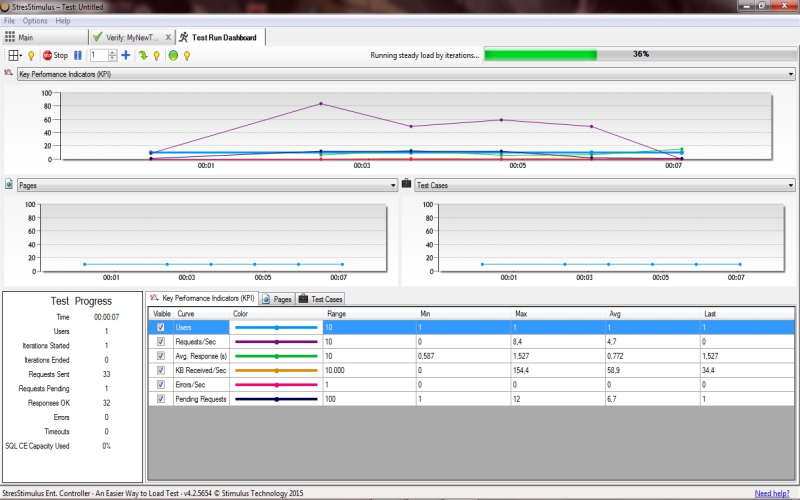
8. Micro Focus LoadRunner
LoadRunner from Micro Focus stands as one of the veterans of the performance testing tools landscape. LoadRunner provides comprehensive load-testing capabilities designed for today’s complex systems and environments. Users can create and automate tests, run them to simulate thousands of users, and analyze results using built-in analytics. Integrations are available for multiple APIs, protocols, and platforms. LoadRunner works for diverse needs from web and mobile apps to enterprise systems and IoT.
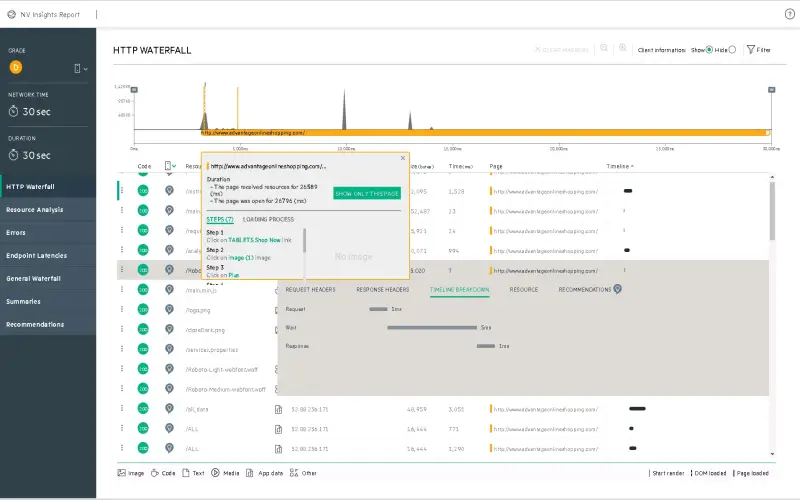
9. Micro Focus Silk Performer
Also from Micro Focus, Silk Performer provides robust load and performance testing tailored for web and mobile apps. The tool incorporates AI-driven workflows to make testing faster and easier. Users can simulate a broad range of user behaviors and environments to put applications through realistic workloads. In-depth analytics provide visibility into bottlenecks. Silk Performer works seamlessly with other Micro Focus tools including Silk Central for test management.

10. WebLOAD
WebLOAD focuses on load, stress, and performance testing for web-based applications. The tool generates heavy user loads including spikes to validate application reliability and performance before launch. Users can configure complex scenarios with advanced scheduling, distribution, and pacing options to mimic real-world conditions. Detailed analytics offer visibility into every transaction during testing. Integrations with third-party tools are also available to extend capabilities. WebLOAD brings enterprise-grade power to load-testing web applications. WebLOAD also facilitates geographic distribution of load across different regions which is critical for globally used applications. Detailed session diagnostics provide insight into exact responses and performance for every single simulated user’s interactions.
